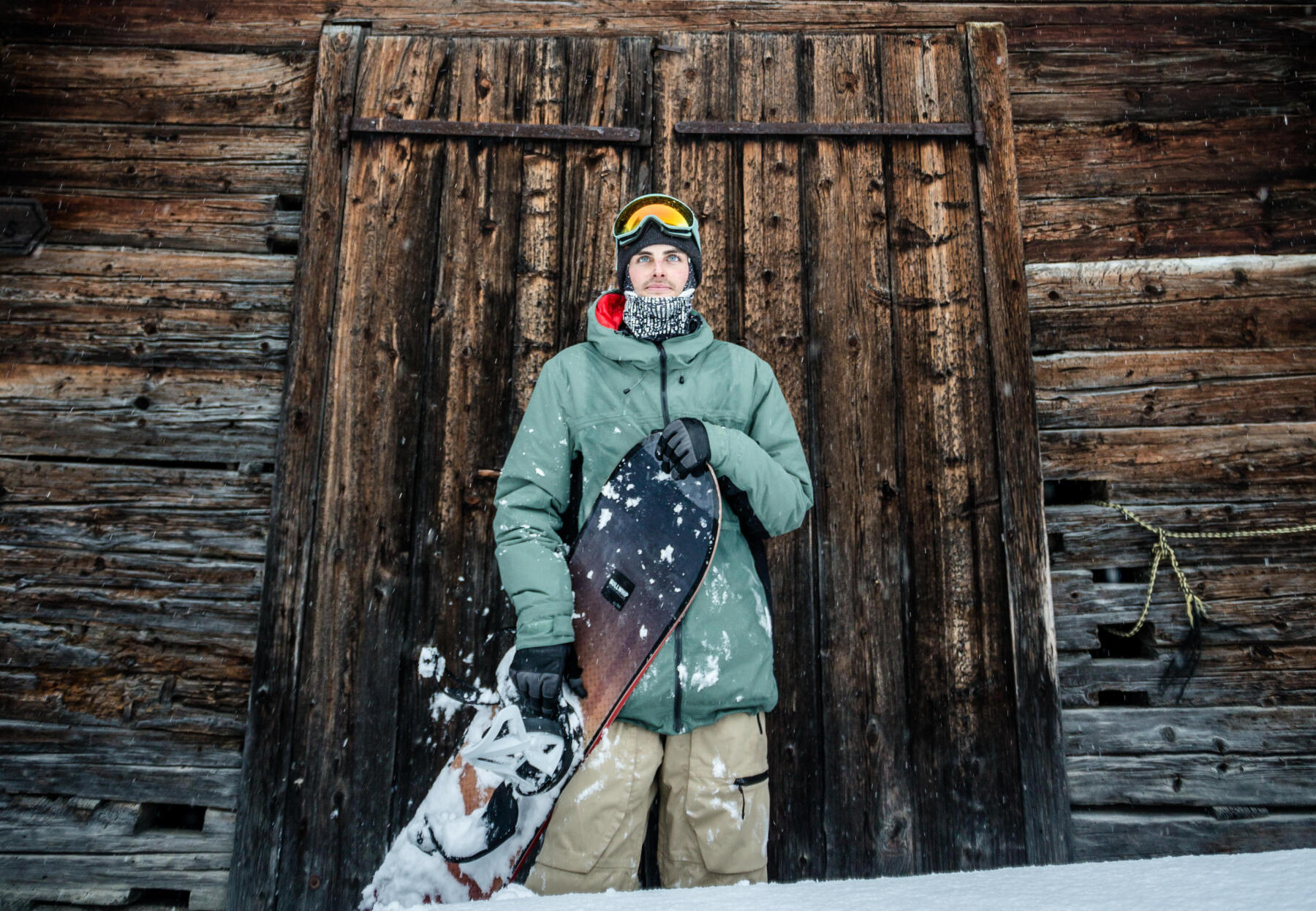1/ Different types of snowboards
First of all, you need to know that there are families of boards for each style of riding.

You ask yourself the question "which beginner's snowboard can I choose?" and we have the answer!

First of all, you need to know that there are families of boards for each style of riding.
All-mountain boards
They are suitable for all terrains: slopes, powder fields, all terrain,… they are a good compromise to start out with and explore the multiple activities offered by the snowboarding practice. They have a directional shape offering more grip and better control of the trajectory. They also offer more buoyancy in powder snow.
Freestyle boards
They are generally a little shorter than all-mountain boards. They have a twin-tip shape (the front and back are 100% symmetrical) which makes it easier to ride in both directions and to stay balanced when turning. They are intended for future freestyle snowboarders who will spend more time in the parks trying new tricks than looking for speed on the slopes.
Freeride boards
They are purely directional boards in terms of shape but also flex. A freeride board is recognizable thanks to the shape of the tail which often has "fish tail" shapes.
Splitboard boards
They are boards for a unique snowboarding practice which suitable for riding snowy off-piste slopes on deeper and deeper powder.
Your height
The height of your board should be about 20 cm less than yours. Opting for a smaller board makes learning to snowboard easier. This is also advised for people who are light for their height. Once you have gained confidence, be prepared to opt for a larger board that will be more stable that will ensure a quicker response for turning.
Flexibility of the board (flex)
Finally, the rigidity of the board is an important element to take into account. The more flexible a board is, the easier it will be to manoeuvre in turns. Snowboards for beginners are often very flexible for a very smooth learning curve!
When you feel comfortable and want to pick up some speed, go for a more rigid board for better grip on the turns!
Shape of the board
The shape of the board is the image of the board if we look at it from above, supported as if we had to mount the bindings. There are a lot of different shape on the market, in general for a beginner we suggest a twin-tip board that has the nose and the tail perfectly equal. This will enable you to learn and progress in the right way, you will be able to turns in both directions, goofy or regular.
A board with "rocker" is a board whose point of contact with the snow moves back if it is under strain. This will make your learning easier if you are looking for more gliding sensations than freestyle ones.
On piste: When you are on the edge, the contact point moves back and the snowboard is shorter in terms of pressure on the snow. This makes it easier to handle.
In powder snow: The contact point of the board on the snow is longer and a longer board is beneficial for better letting the snow funnel under the board and floating better.
To summarise: be prepared to opt for a short board, with rocker, and flexible between the feet in torsion. Everything becomes easier.
Now that you know everything there is to know, we hope you will find what you are looking for on the way to becoming a great snowboarder!

DREAMSCAPE communication team, instructor and passionate about snowboard